What is the Number 2 Cuisine in the World?
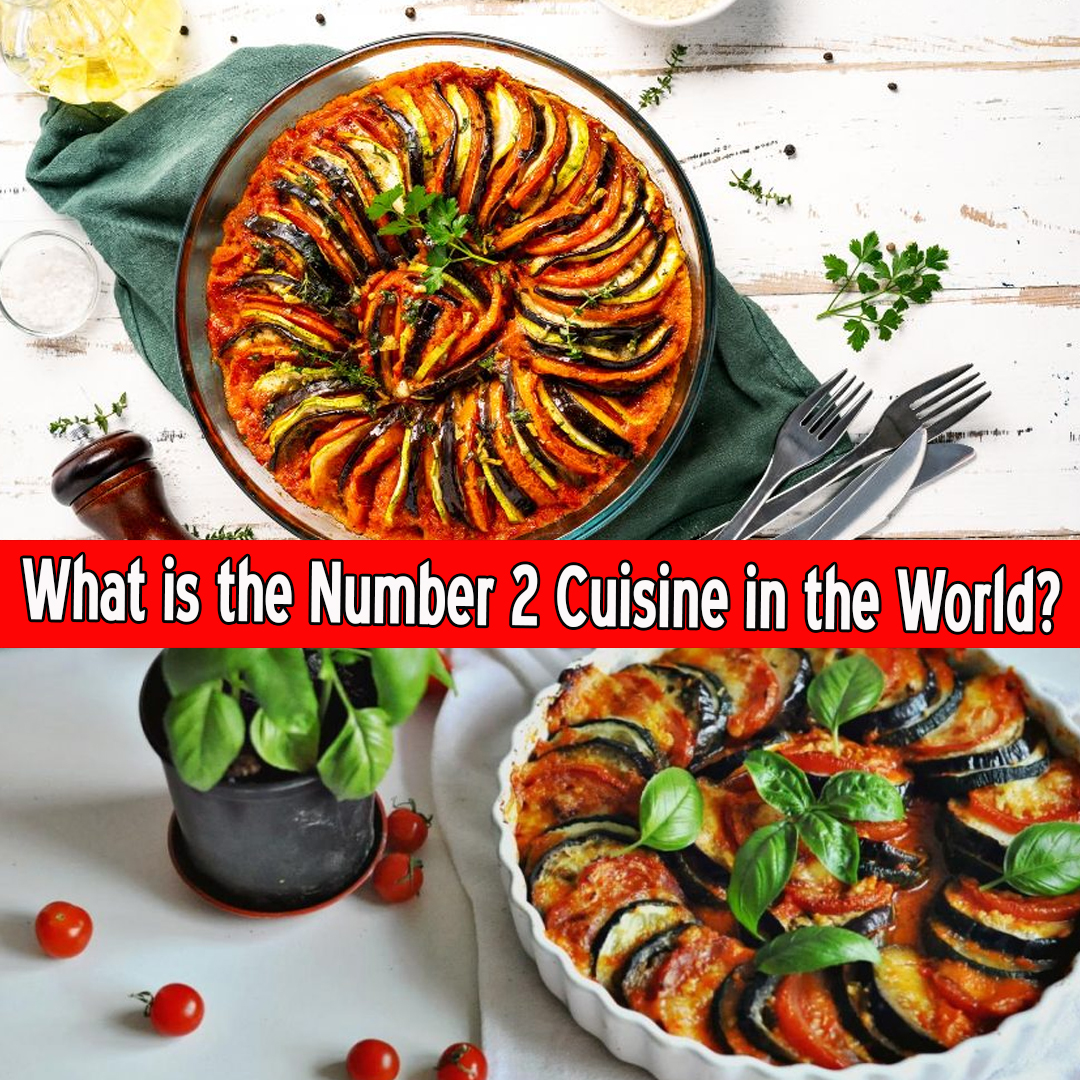
What is the Number 2 Cuisine in the World?
Introduction: The Global Love Affair with Food
Food is more than sustenance—it’s an experience. Around the globe, cuisines represent history, culture, geography, and evolution. While many people agree that Italian cuisine (due to pizza and pasta) holds the number 1 position, the next spot is hotly debated. However, based on expert surveys, global influence, international availability, flavor profiles, and cultural importance, the number 2 cuisine in the world is Japanese cuisine.
Renowned for its elegance, balance, health benefits, and deep-rooted traditions, Japanese cuisine (Washoku) has emerged as one of the most appreciated, respected, and widespread culinary cultures globally.
In this detailed 2000-word report, we will examine why Japanese cuisine ranks number 2 in the world, exploring its history, characteristics, famous dishes, health impact, international reach, and comparisons with other leading cuisines.
| Read more – What is World No 1 Food? |
1. What Makes Japanese Cuisine Unique?
A. Simplicity Meets Sophistication
Japanese food celebrates the essence of ingredients. Rather than masking flavors with heavy sauces or spices, Japanese chefs highlight the natural taste, texture, and color of each element—making minimalism an art form.
B. Seasonality (Shun)
Seasonal eating is fundamental in Japan. Dishes change by the month to reflect what’s fresh and available, enhancing flavor and nutritional value while maintaining tradition.
C. Umami Mastery
Japanese cuisine is deeply rooted in the concept of umami—the fifth taste. Ingredients like soy sauce, miso, kombu (kelp), and bonito flakes are umami-rich, creating deeply satisfying meals.
2. UNESCO Recognition of Japanese Cuisine
In 2013, UNESCO recognized traditional Japanese cuisine (Washoku) as an Intangible Cultural Heritage of Humanity. This reflects not only the food itself but the cultural values embedded in the cuisine:
- Respect for nature
- Seasonal awareness
- Family unity through meals
- Aesthetic presentation
This honor places Japanese food on par with French and Italian cuisines in global culinary heritage.
3. Global Popularity and Spread of Japanese Cuisine
A. Sushi’s Global Domination
Sushi has become a household name in countries like the US, UK, Australia, Canada, and across Europe and Asia. With sushi restaurants booming even in remote regions, it’s now a global culinary symbol.
B. Ramen, Teriyaki, and Tempura
- Ramen shops exist in nearly every major city, from Tokyo to New York.
- Tempura, the Japanese art of frying, is widely adapted.
- Teriyaki dishes have become staples in Asian fusion menus worldwide.
C. Japanese Food Chains and Exports
Brands like:
- Sushi Zanmai
- Ichiran Ramen
- Gindaco Takoyaki
- Yoshinoya
…have expanded internationally, with Japanese food exports also increasing in popularity and demand.
4. Most Popular Japanese Dishes
Let’s explore some dishes that have made Japanese cuisine the world’s number 2:
A. Sushi
Made from vinegared rice and raw fish or vegetables, sushi comes in various forms:
- Nigiri (rice + fish)
- Maki (rolled with seaweed)
- Sashimi (sliced raw fish, no rice)
B. Ramen
A bowl of wheat noodles in savory broth (shoyu, miso, tonkotsu, or shio), topped with meat, egg, seaweed, and vegetables.
C. Tempura
Battered and deep-fried seafood or vegetables—light, crispy, and delicate.
D. Udon & Soba
Thick wheat noodles (udon) or buckwheat noodles (soba), served hot or cold with dipping sauces.
E. Yakitori
Grilled skewers of chicken parts (thighs, skin, liver) served with tare sauce or salt.
F. Okonomiyaki
A savory pancake made with cabbage, meat, seafood, and topped with sauces and bonito flakes.
G. Miso Soup
A staple in every Japanese meal, made with fermented soybean paste and dashi.
H. Donburi
Rice bowls topped with meats, eggs, vegetables (e.g., Gyudon – beef bowl, Oyakodon – chicken & egg bowl).
5. The Health Benefits of Japanese Cuisine
Japan is known for having one of the longest life expectancies in the world, largely attributed to its food culture. Here’s why Japanese cuisine is healthy:
A. Low in Saturated Fats
Most dishes rely on seafood, rice, soy products, and vegetables—minimizing red meat and saturated fat intake.
B. Portion Control
Japanese meals are served in small, manageable portions that promote mindful eating.
C. Fermented Foods
Items like miso, natto, and pickles aid digestion and promote gut health.
D. Balanced Meals
A typical Japanese meal includes:
- A bowl of rice
- A main protein dish
- Miso soup
- Pickled vegetables
- Green tea
This balance promotes a well-rounded diet full of nutrients and antioxidants.
6. Aesthetics and Ritual in Japanese Dining
Japanese food is as much about presentation and experience as it is about taste. Core principles include:
A. Five Colors (Goshiki)
Dishes aim to include five colors: white, black, red, green, and yellow—for nutritional and aesthetic balance.
B. Five Tastes (Gomi)
Sweet, sour, salty, bitter, and umami should all be represented across a meal.
C. Serving Ware
Plates, bowls, and utensils are carefully chosen to enhance the meal’s presentation.
D. Etiquette
Before eating, diners say “Itadakimasu” (I humbly receive), and after, “Gochisousama deshita” (thank you for the meal), reflecting gratitude and mindfulness.
7. Japanese Cuisine vs. Other Global Cuisines
A. Vs. Chinese Cuisine
- Chinese cuisine is more varied regionally (e.g., Sichuan, Cantonese).
- It uses more oils, stir-frying, and bold flavors.
- Japanese cuisine is lighter, more subtle, and minimalistic.
B. Vs. Indian Cuisine
- Indian food is spice-rich, with curries and complex flavors.
- Japanese cuisine is less spicy, more broth and soy-based, and focuses on delicate textures.
C. Vs. French Cuisine
- French food is rich, buttery, and rooted in sauces and meat.
- Japanese cuisine is light, raw, and rooted in seafood and soy.
Each cuisine is exceptional, but Japanese food stands out due to its international appeal, healthiness, and artful execution.
8. Japanese Cuisine in Modern Pop Culture
A. Anime and Food Culture
Anime like Food Wars, Naruto, and Spirited Away have made Japanese dishes iconic among global youth.
B. YouTube and Social Media
- Japanese street food videos garner millions of views.
- ASMR sushi and ramen-eating videos are viral trends.
- Bento box tutorials attract global fans.
C. Celebrity Chefs and Restaurants
- Chefs like Nobu Matsuhisa have taken Japanese fusion global.
- Jiro Ono, from “Jiro Dreams of Sushi”, elevated sushi to fine-dining royalty.
9. Japanese Cuisine in Fine Dining
A. Michelin Stars
Japan, especially Tokyo, has more Michelin-starred restaurants than any other city. Kaiseki (a multi-course traditional meal) is a fine-dining pinnacle in Japan.
B. Omakase Dining
Translating to “I’ll leave it up to you,” omakase is an intimate chef-driven tasting experience, offering seasonal and rare ingredients.
10. Challenges and Future of Japanese Cuisine
A. Sustainability Concerns
Overfishing, especially for bluefin tuna, has raised environmental alarms. Efforts are underway to promote sustainable sushi practices.
B. Fusion and Authenticity
While Japanese fusion dishes like sushi burritos and teriyaki burgers are trendy, purists argue for preserving traditional flavors.
C. Global Growth
Japanese food demand continues to rise. More nations are investing in culinary schools, imports of Japanese products, and cultural exchange programs.
Conclusion: Why Japanese Cuisine is Number 2 in the World
Japanese cuisine ranks number 2 globally because it combines:
- Deep-rooted traditions and history
- Unmatched aesthetic and cultural value
- Global popularity and accessibility
- Balanced nutrition and health benefits
- Innovation and adaptability in both street food and fine dining
It’s a cuisine that offers both soul and science—grounded in cultural heritage and refined over centuries, yet forward-thinking enough to evolve with global tastes.
While pizza and pasta may be the world’s go-to comfort foods, Japanese cuisine is where art, discipline, and health-consciousness meet. Its rising international stature, fusion potential, and respect for nature position it as a culinary powerhouse—worthy of the number two spot.

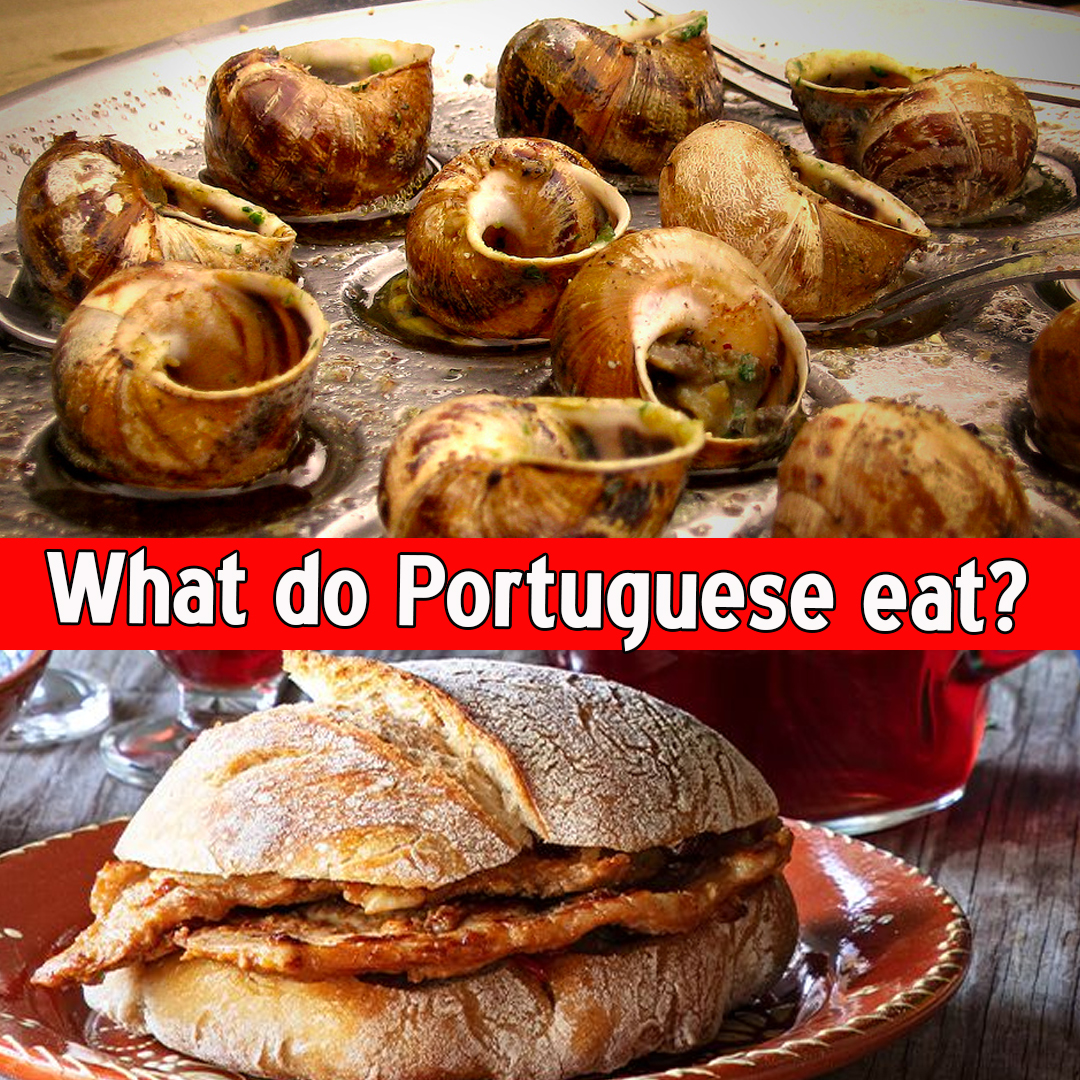


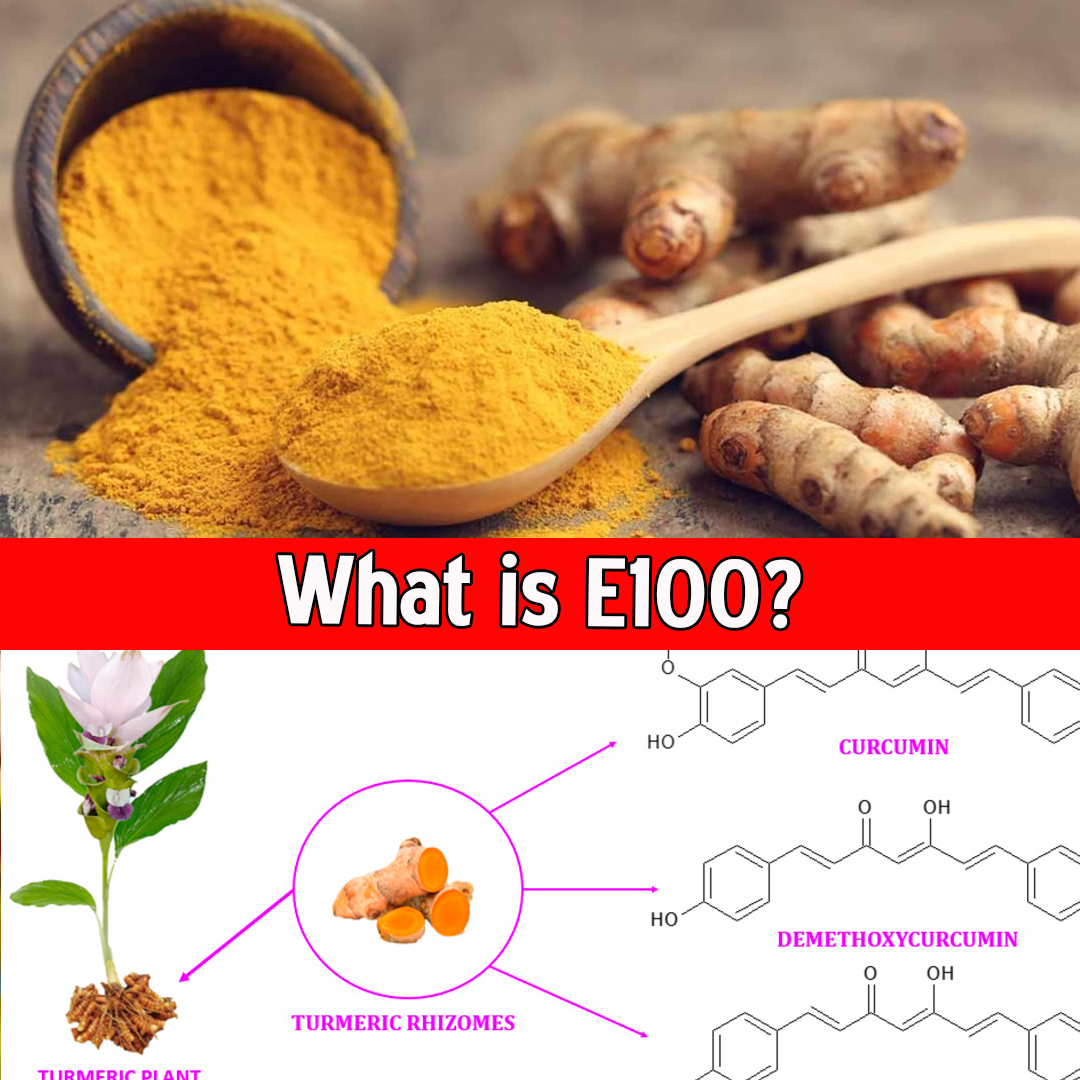

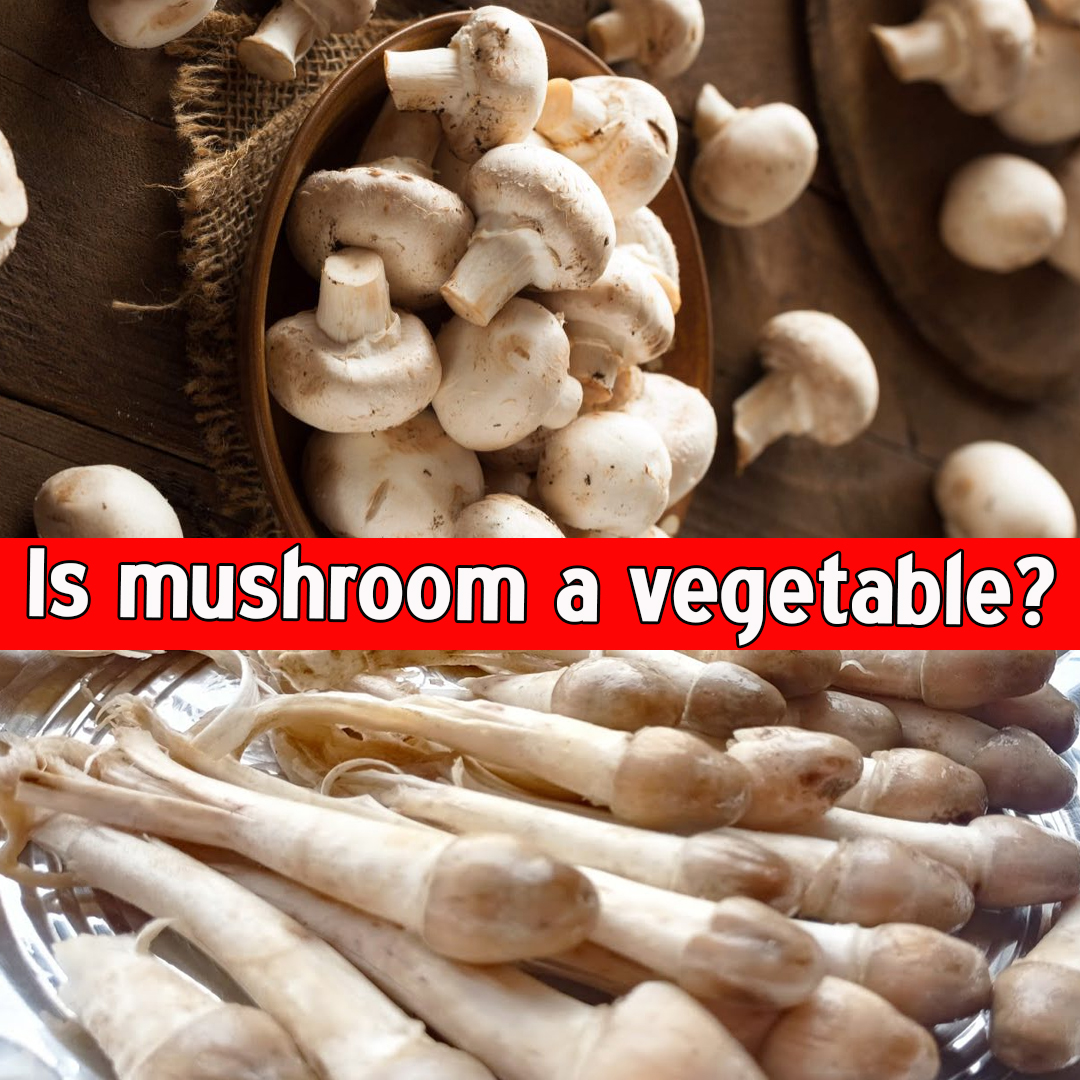



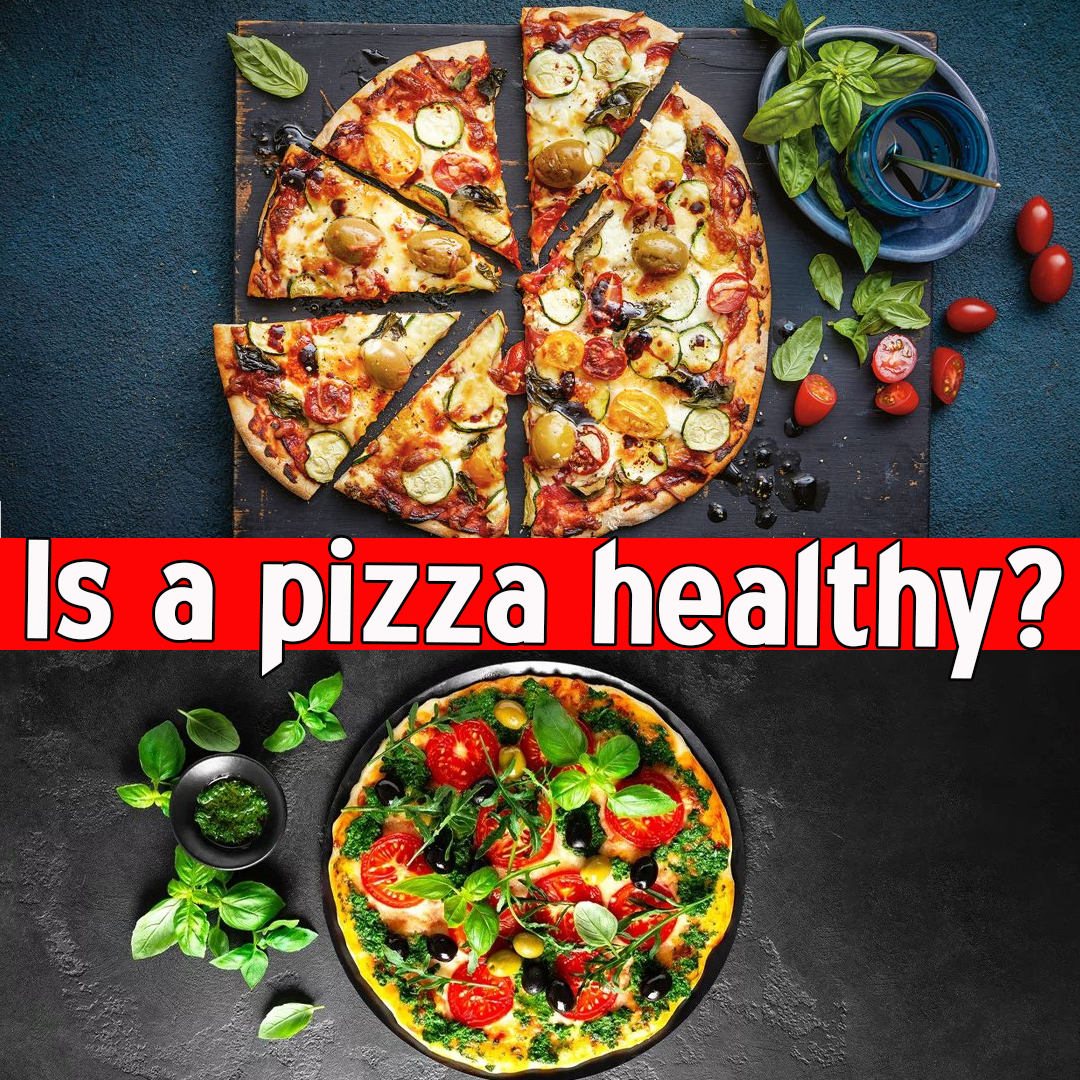




Leave a Reply